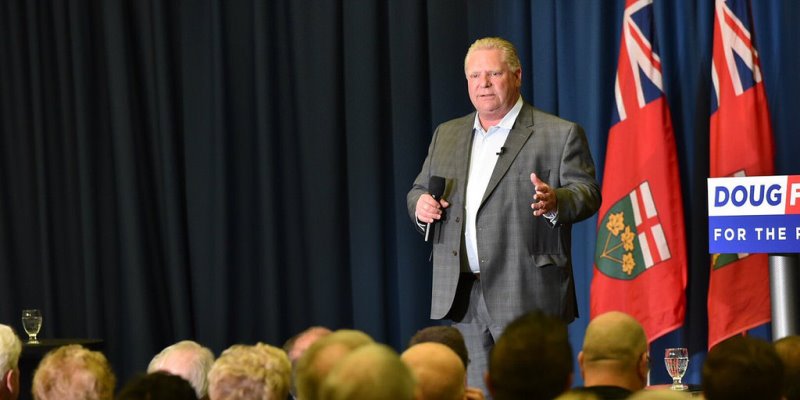A visit from the ghost of Ontario’s fiscal future

In Charles Dickens’ “A Christmas Carol,” Scrooge is memorably visited by the “ghost of Christmas future” who shows him a disturbing glimpse of things to come. Last week Ontario was visited by a ghost of the Fiscal Future, in the form of a new report from the province’s Financial Accountability Office (FAO). We ignore its warnings at our peril.
The FAO report shows that the problem isn’t just that Ontario has a lot of debt (more than $20,000 per person), it’s that we’re continuing to rack up more at an alarming pace. This year’s budget shortfall is projected to eclipse $14 billion.
A comparison to other big provinces highlights the problem. Quebec has a large stock of debt but has essentially stopped adding any more. Alberta has a small stock of debt but is racking up new liabilities at a dizzying pace. Ontario alone among the large provinces has both problems—a large existing debt load and large annual deficits that are making the problem worse.
So how bad could things get?
The FAO report forecasts that without policy reforms Ontario’s debt burden will grow quickly, with net debt increasing by more than $100 billion over the next four years (again, in the absence of policy change). Meanwhile, debt-interest payments are forecasted to increase by approximately one-third from $12.5 billion this year to $16.6 billion just four years from now.
Of course, the Ford government assumed office only a few months ago and Ontario’s fiscal problems are not of its making. Nevertheless, now in power, it’s responsible for addressing them. And indeed, the FAO report confirms the problem can be addressed. Specifically, if the Ford government holds nominal spending growth to 1.2 per cent annually over the next four years, the deficit could be eliminated (assuming there are no major unexpected developments such as a recession) by the end of the government’s first term.
A more ambitious approach to spending reform, similar to that employed by the federal Liberal government when it faced a fiscal crisis of its own in the 1990s, could eliminate the deficit more quickly by reducing nominal spending. In fact, returning to the nominal spending level inherited from the Wynne Liberals from 2017/18 would all but eliminate the deficit next year.
When the ghost from the future confronted Scrooge, he turned to it in terror and asked “Are these the shadows of the things that Will be, or are they shadows of things that May be, only?” Fortunately, just as was the case for Scrooge, Ontario’s ghost of the fiscal future tells us only of things that “May” be.
In other words, the dire forecasts in the FAO report only tell us what will happen in the absence of meaningful policy changes. It shows us the future we’re headed towards—not one that has to materialize.
If the Ford government takes the FAO’s warnings seriously and, unlike its predecessor, reforms and reduces provincial spending, we can largely avoid the explosion of new debt forecasted by the FAO. If, on the other hand, spending continues to grow and big deficits continue to pile up, the Ford government can’t say it wasn’t warned about the consequences. Nor will it be able to escape responsibility.

